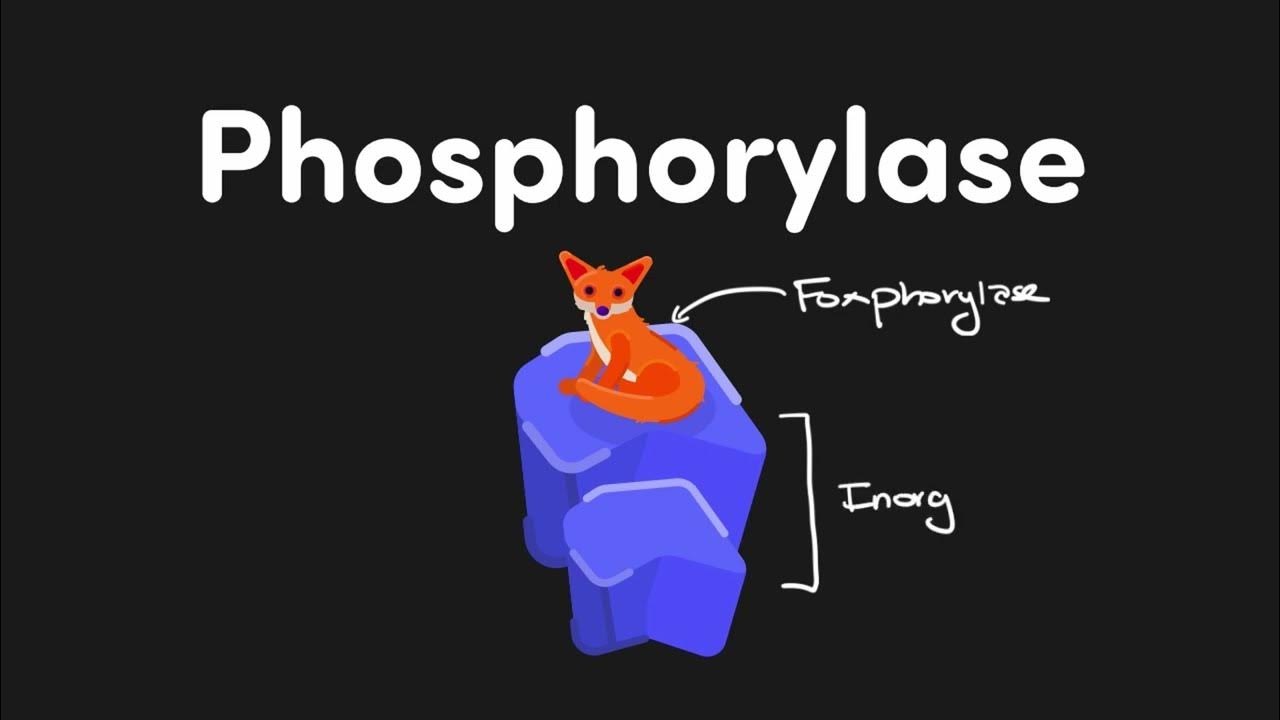PROSTAGLANDIN, TERPENOID, & STEROID
Summary
TLDRThis video provides an in-depth explanation of prostaglandins, terpenoids, and steroids, focusing on their structures, functions, and classifications. Prostaglandins, a type of lipid, play roles in inflammation, pain, and reproduction. Terpenoids, derived from isoprene, are essential in plants and contribute to aromas and medicinal properties. Steroids, including sterols like cholesterol, are complex molecules involved in hormone regulation and other biological functions. The video also covers the biosynthesis and categorization of these compounds, offering a comprehensive overview of their biological significance.
Takeaways
- 😀 Prostaglandins are lipid-based hormones with key functions in inflammation, fever, pain, reproduction, tissue regeneration, and cancer regulation.
- 😀 Prostaglandins have a distinct structure, containing hydroxyl groups at C11 and C15 and a double bond at C13.
- 😀 Prostaglandins are classified into different groups (PGE1, PGE2, etc.), with each group containing specific molecular variations.
- 😀 The biosynthesis of prostaglandins starts from arachidonic acid and involves enzymes like lipase, forming intermediate molecules such as PGG2.
- 😀 Terpenoids are a large group of compounds made from isoprene units and are found in essential oils and plants, with some having medicinal properties.
- 😀 Terpenoids are classified based on the number of isoprene units they contain, ranging from monoterpenes (C10) to polyterpenes (C40+).
- 😀 The biosynthesis of terpenoids begins with acetyl-CoA and involves condensation reactions to form longer chains of isoprene units.
- 😀 Common examples of terpenoids include menthol (from mint), geraniol (from roses), and squalene (found in shark liver oil).
- 😀 Steroids are lipids with a structure composed of four interconnected rings, and they play vital roles as hormones like testosterone and cortisol.
- 😀 Steroids in plants are called phytosterols, while in fungi, they are referred to as mycosterols.
- 😀 The biosynthesis of terpenoids and steroids involves complex enzyme reactions and is crucial for their biological activity and function in living organisms.
Q & A
What are prostaglandins and what is their role in the body?
-Prostaglandins are lipid-based hormones that play a key role in inflammation, pain, fever, reproduction, tissue regeneration, and cancer regulation. They are derived from arachidonic acid and are involved in many biological functions like regulating the immune response and menstrual cycles.
How are prostaglandins synthesized in the body?
-Prostaglandins are synthesized through the enzymatic conversion of arachidonic acid. This involves lipase enzymes and a specific biosynthetic pathway that results in the formation of prostaglandins and other lipid mediators.
What are the different groups of prostaglandins mentioned in the script?
-Prostaglandins are classified into groups such as PGE1, PGE2, and PGE3, each with distinct molecular structures and functions. These groups differ based on the types of bonds and functional groups present in their structures.
What are terpenoids and how are they classified?
-Terpenoids are a class of compounds made from isoprene units. They are classified based on the number of isoprene units: monoterpenes (C10), sesquiterpenes (C15), diterpenes (C20), and polyterpenes. They are often responsible for the aroma of plants and have medicinal uses.
What is the role of terpenoids in plants?
-Terpenoids play significant roles in plant biology, including acting as defense mechanisms against herbivores, attracting pollinators, and contributing to the plant's aroma. They also have potential medicinal applications in humans.
Can you explain the biosynthesis of terpenoids?
-The biosynthesis of terpenoids begins with acetyl-CoA molecules that undergo a condensation reaction to form larger molecules. This process occurs via the mevalonate pathway, leading to the production of various terpenoid compounds, such as geraniol and limonene.
What is the significance of isoprene in terpenoid biosynthesis?
-Isoprene is the basic building block for terpenoid compounds. It is involved in the formation of various terpenes by linking together in different configurations to form compounds like monoterpenes, sesquiterpenes, and diterpenes.
What are steroids and how do they function in the body?
-Steroids are complex lipid molecules with four interconnected carbon rings. They are essential for various biological functions, including hormone regulation (e.g., testosterone, cortisol) and the production of bile acids. Steroids can be found in both animals (cholesterol) and plants (phytosterols).
What are sterols and how do they differ in animals, plants, and fungi?
-Sterols are a type of steroid that include cholesterol in animals, stigmasterol in plants, and ergosterol in fungi. They are similar in structure but differ in their specific biological functions within each kingdom.
Why are steroids important for hormone regulation?
-Steroids, such as testosterone and cortisol, are crucial for regulating various hormonal processes in the body, including metabolism, immune response, and reproductive functions. They act as signaling molecules that influence gene expression and cellular processes.
Outlines

Cette section est réservée aux utilisateurs payants. Améliorez votre compte pour accéder à cette section.
Améliorer maintenantMindmap

Cette section est réservée aux utilisateurs payants. Améliorez votre compte pour accéder à cette section.
Améliorer maintenantKeywords

Cette section est réservée aux utilisateurs payants. Améliorez votre compte pour accéder à cette section.
Améliorer maintenantHighlights

Cette section est réservée aux utilisateurs payants. Améliorez votre compte pour accéder à cette section.
Améliorer maintenantTranscripts

Cette section est réservée aux utilisateurs payants. Améliorez votre compte pour accéder à cette section.
Améliorer maintenantVoir Plus de Vidéos Connexes

Pengantar Senyawa Kimia Tumbuhan (Metabolit Sekunder)

Metabolism Memorization Made Easy: Enzyme Names | MCAT Content

Lipid overview | Macromolecules | Biology | Khan Academy

Perencanaan Bangunan Bagi - Sadap

Lipids - Structure Of Lipids - Structure Of Fats - Triglycerides, Phospholipids, Prostaglandins

Endocrinology | Hypothalamus: Posterior Pituitary Connection
5.0 / 5 (0 votes)
